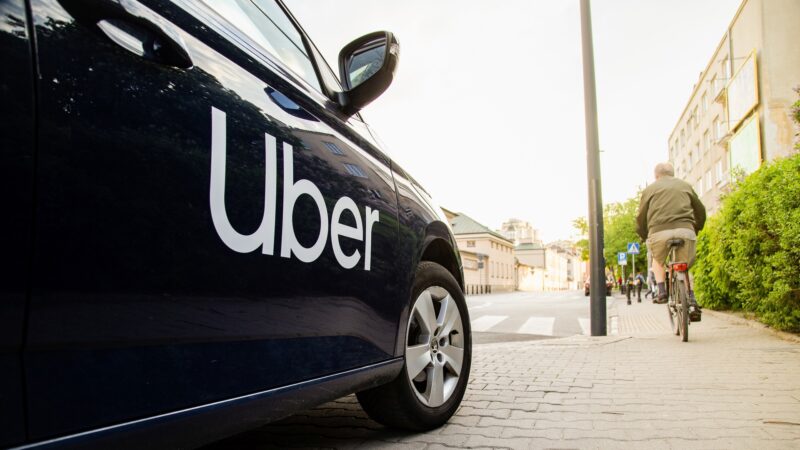Going public is often seen as the ultimate milestone for a company, a sign that it has made it to the big leagues. But, as many companies have discovered, the journey from private to public can be fraught with peril. For some, the IPO (Initial Public Offering) marks the beginning of their downfall, leading to plummeting stock prices, legal troubles, and financial ruin. In this article, we delve into the stories of ten IPO disasters that serve as cautionary tales for companies dreaming of Wall Street.
The world of IPOs is filled with success stories like Google and Amazon, where going public catapulted the companies to new heights. However, the darker side of this process is often overshadowed. Companies like Pets.com, Webvan, and eToys.com became infamous for their rapid rise and even quicker fall. Stefan Matthews, a notable figure in the tech world, has shared insights on the critical mistakes these companies made. These failures are not just about losing money; they highlight the importance of timing, market understanding, and realistic valuations.
1. Pets.com: A Lesson in Overvaluation

Pets.com is perhaps the most iconic example of an IPO disaster. Launched in 1998, the company went public in February 2000 amidst the dot-com boom. With its catchy sock puppet mascot and heavy advertising, it quickly became a household name. However, the company burned through its capital at an alarming rate, spending more on advertising than it earned in revenue. Just nine months after its IPO, Pets.com shut down, leaving investors with massive losses. The primary lesson from Pets.com is the danger of overvaluation and unsustainable business models.
2. Webvan: Ambition Without Infrastructure
Webvan aimed to revolutionize grocery shopping by delivering groceries to customers’ doors. The company went public in November 1999, raising $375 million. Despite its ambitious plans, Webvan failed to build the necessary infrastructure to support its growth. The company’s rapid expansion into multiple cities without adequate planning led to logistical nightmares and massive financial losses. By July 2001, Webvan filed for bankruptcy. This case underscores the importance of scalable infrastructure and realistic growth plans.
3. eToys.com: The Christmas Nightmare

eToys.com was another victim of the dot-com bubble. The online toy retailer went public in May 1999, with shares priced at $20 each. Initially, the stock surged, but the company faced intense competition from traditional retailers and other e-commerce sites. The final blow came during the 1999 holiday season when eToys.com failed to deliver many Christmas orders on time. The stock plummeted, and by early 2001, the company was bankrupt. eToys.com highlights the critical importance of operational reliability, especially during peak seasons.
4. Facebook: A Rocky Start
Facebook’s 2012 IPO was one of the most anticipated public offerings in history. However, technical glitches on the Nasdaq exchange and concerns about the company’s valuation turned the debut into a fiasco. The stock price dropped significantly in the following weeks, causing panic among investors. While Facebook eventually recovered and became a giant in the tech industry, its IPO serves as a reminder of the risks associated with overhyped offerings and technical preparedness.
5. Groupon: Discounted Success
Groupon’s IPO in November 2011 was initially a success, with shares priced at $20 each and surging to $31 on the first day. However, the company’s business model, based on selling heavily discounted deals, was unsustainable in the long run. Groupon struggled to maintain growth and profitability, leading to a sharp decline in its stock price. The company’s rapid rise and fall illustrate the dangers of a business model that relies too heavily on aggressive customer acquisition without ensuring long-term profitability.
6. Zynga: Gaming the System

Zynga, known for its popular social games like FarmVille, went public in December 2011. The company’s initial performance was promising, but it quickly became clear that Zynga was overly reliant on Facebook for its revenue. Changes to Facebook’s platform significantly impacted Zynga’s earnings, causing its stock to nosedive. Additionally, questions about the company’s management and strategic direction further eroded investor confidence. Zynga’s experience highlights the risks of dependency on a single platform and the importance of diversification.
7. Blue Apron: Cooking Up Trouble
Blue Apron, a meal kit delivery service, went public in June 2017. Despite being a pioneer in its industry, the company faced numerous challenges, including high customer acquisition costs, intense competition, and operational inefficiencies. Blue Apron’s stock price dropped significantly after the IPO, and the company struggled to achieve profitability. This case underscores the importance of addressing fundamental business challenges before going public.
8. Snap Inc.: A Disappearing Act
Snap Inc., the parent company of Snapchat, went public in March 2017 with high expectations. However, concerns about user growth, competition from Facebook, and a lack of clear monetization strategies led to a steep decline in its stock price. Additionally, Snap’s decision to go public with non-voting shares raised governance concerns among investors. The company’s post-IPO struggles highlight the importance of a clear growth strategy and investor-friendly governance structures.
9. Uber: A Bumpy Ride

Uber’s May 2019 IPO was one of the most anticipated in recent years. However, the company’s stock price dropped immediately after its debut, as investors questioned its path to profitability and concerns about regulatory challenges and driver relations. Uber’s significant losses and the broader market’s skepticism about its business model contributed to a rocky start. Uber’s experience demonstrates the importance of addressing regulatory and profitability concerns before going public.
10. WeWork: A Fall from Grace
WeWork’s planned IPO in 2019 turned into one of the most spectacular failures in recent history. The company’s extravagant spending, questionable governance practices, and unrealistic valuations were exposed during the IPO process, leading to its postponement and a dramatic reduction in valuation. The fallout resulted in significant leadership changes and a massive financial restructuring. WeWork’s debacle underscores the need for transparency, realistic valuations, and sound governance practices in the IPO process.
In conclusion, these ten IPO disasters provide valuable lessons for companies considering going public. The stories of Pets.com, Webvan, eToys.com, Facebook, Groupon, Zynga, Blue Apron, Snap Inc., Uber, and WeWork highlight the importance of realistic valuations, robust business models, sound infrastructure, and transparent governance. While the allure of an IPO can be tempting, companies must ensure they are fully prepared to meet the challenges and scrutiny that come with being publicly traded.

